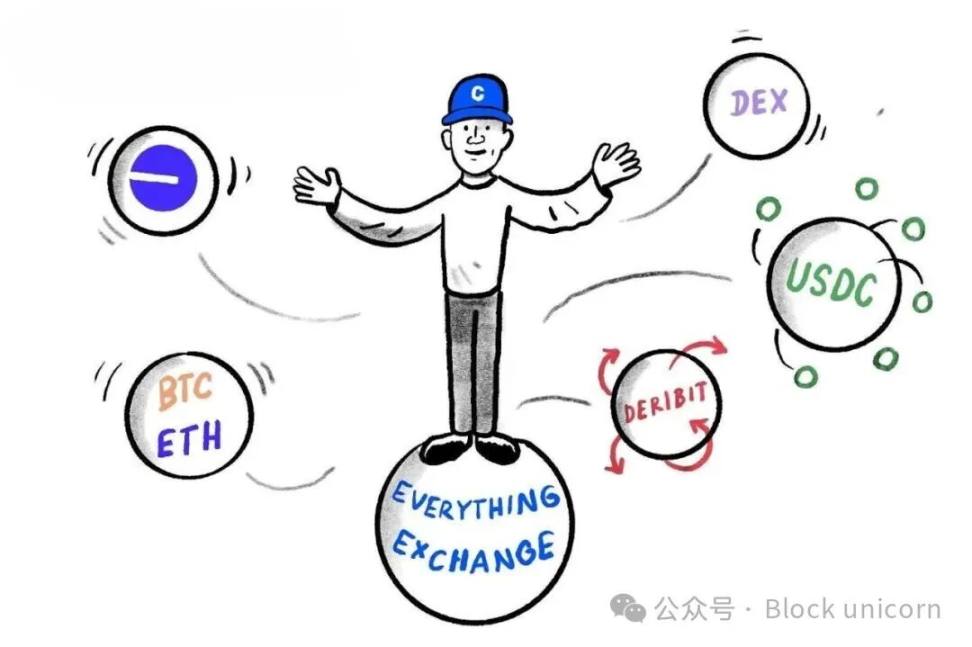Trump Vows to Block CBDCs Spark Debate Ahead of U.S. Election
Former President Donald Trump's opposition to CBDCs sparks debate in the US election campaign, as Republican senators propose bills to ban their introduction. The global discussion on CBDCs highlights concerns over privacy and government control, urging informed dialogue and collaboration for a balanced approach to digital finance.
 Weatherly
Weatherly




